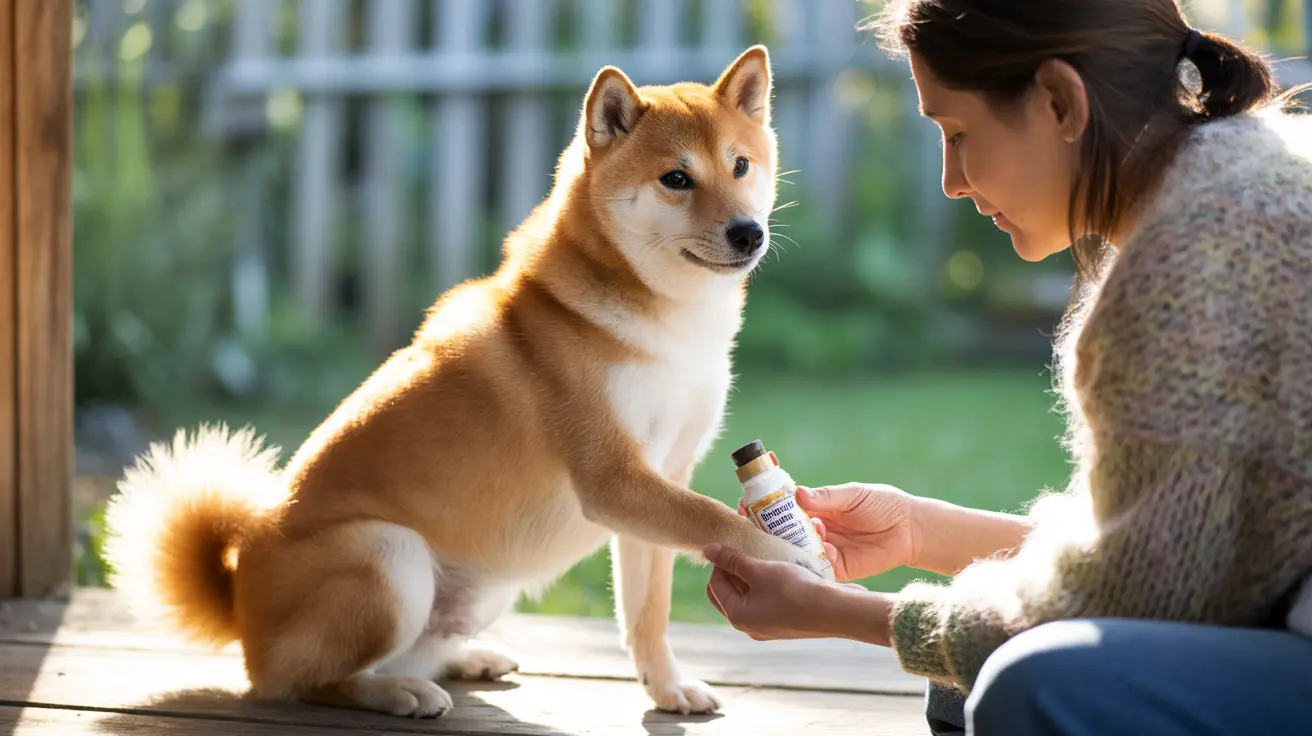Safe Use of Antibiotic Ointments for Dogs
While human antibiotic ointments like Neosporin aren't specifically formulated for dogs, veterinarians generally agree they can be safe for minor wounds when used correctly. The key ingredients - bacitracin, polymyxin B, and neomycin - help prevent bacterial infections in small cuts and scrapes.
However, it's crucial to use these products sparingly and only on superficial wounds. Deep cuts, puncture wounds, or injuries showing signs of infection require immediate veterinary attention.
Proper Application Methods
Before applying any antibiotic ointment to your dog's wound, follow these essential steps:
- Clean the wound thoroughly with warm water and mild soap
- Dry the area completely
- Apply a thin layer of ointment
- Prevent your dog from licking the treated area
- Monitor the wound for signs of healing or complications
Remember to use an e-collar (cone) or protective bandaging if necessary to prevent your dog from ingesting the ointment.
When to Avoid Antibiotic Ointment
Several situations warrant avoiding antibiotic ointment and seeking veterinary care instead:
- Deep or puncture wounds
- Animal bites
- Wounds near eyes, mouth, or ears
- Signs of infection (pus, excessive redness, swelling)
- Wounds that won't stop bleeding
- Known allergies to antibiotic ingredients
Monitoring for Side Effects
Watch for these potential adverse reactions when using antibiotic ointment on your dog:
- Increased redness or swelling
- Excessive itching or scratching
- Skin irritation or rash
- Gastrointestinal upset if ingested
- Changes in behavior or energy levels
Veterinary Alternatives
Several veterinary-specific options are available that may be more appropriate for your dog:
- Pet-specific antibiotic ointments
- Antimicrobial sprays
- Medicated wipes
- Professional wound cleaning and treatment
Frequently Asked Questions
Can I safely use Neosporin or other human antibiotic ointments to treat my dog's minor wounds?
Yes, you can safely use human antibiotic ointments like Neosporin on dogs for minor cuts and scrapes, but only in small amounts and on superficial wounds. Always prevent your dog from licking the area and monitor for any adverse reactions.
How should I properly apply antibiotic ointment like Neosporin on my dog's skin to avoid risks?
Clean the wound thoroughly with warm water and mild soap, dry completely, then apply a thin layer of ointment. Use an e-collar or bandaging to prevent licking, and monitor the wound for signs of healing or complications.
What are the possible side effects or dangers if my dog licks or ingests antibiotic ointment?
If ingested, antibiotic ointment can cause gastrointestinal upset, including vomiting and diarrhea. Large amounts may lead to more serious complications. Always prevent your dog from licking treated areas.
When should I avoid using human antibiotic ointments on my dog and consult a veterinarian instead?
Seek veterinary care for deep wounds, punctures, animal bites, signs of infection (pus, excessive redness, swelling), or wounds that won't stop bleeding. Also consult a vet if the wound doesn't improve within 24-48 hours of home treatment.
Are there pet-specific antibiotic ointments that are safer or more effective for treating my dog's skin wounds?
Yes, veterinary-specific antibiotic ointments are available and often more appropriate for dogs. These products are formulated specifically for pets and may include additional healing ingredients. Ask your veterinarian for recommendations.
Conclusion
While human antibiotic ointment can be safely used on dogs in certain situations, it's essential to exercise caution and follow proper application guidelines. When in doubt about a wound's severity or the appropriate treatment, always consult your veterinarian for professional guidance.






